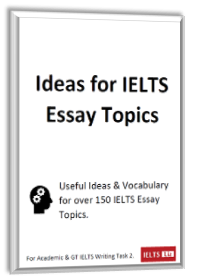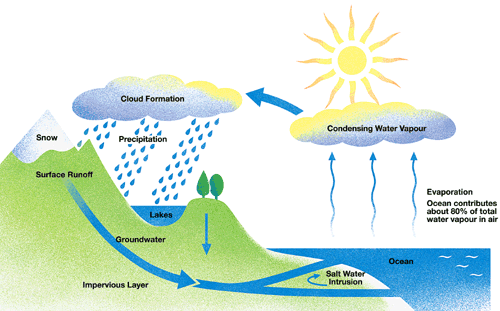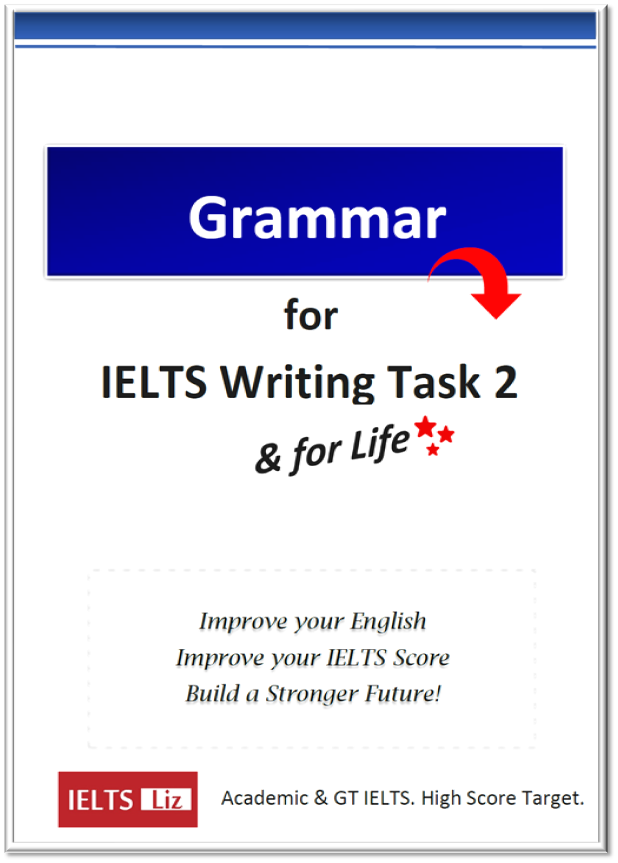Below are the answers to the topic review questions I posted yesterday.
Vocabulary Review Questions
The questions below are from the topics: Advertising, Animals & Art. The length of the missing word is given in brackets.
- Companies that advertise on prime-time TV have maximum media e………………. (8 letters)
- Children often p…………. their parents to buy things they see advertised on TV. (6 letters)
- Testing drugs on animals is one way to check for any possible s…… e………… (4 letters & 7 letters)
- Deforestation and intensive farming can result in a loss of h………… for many animal species. (7 letters)
- Some animals kept in c………. or enclosures live in cramped conditions. (5 letters)
- Some works of art can incite h……….. which can lead to violence. (6 letters)
- Locals should have free a………… to tourist attractions in their area. (9 letters)
Answers
- exposure
- pester
- side effects
- habitat
- cages
- hatred
- admission
As soon as my e-book “Ideas for IELTS Essay Topics” is ready to purchase, I’ll post a notice for you all. I hope it will be ready in a couple of months.
All the best
Liz







